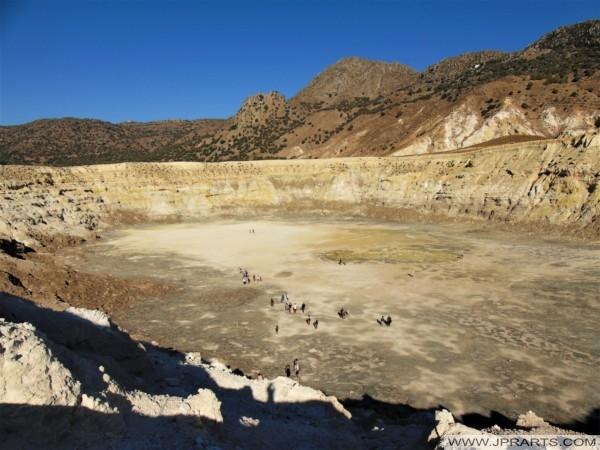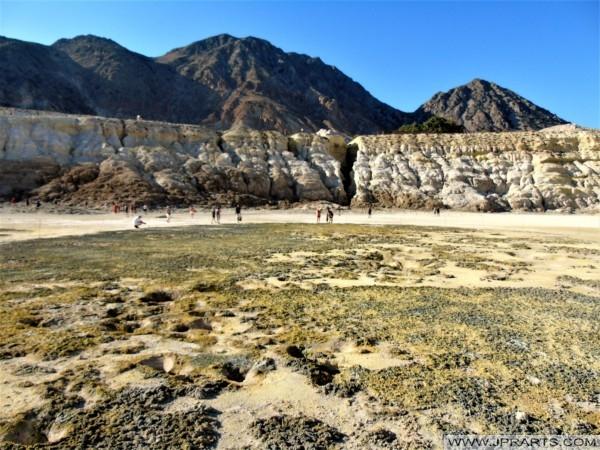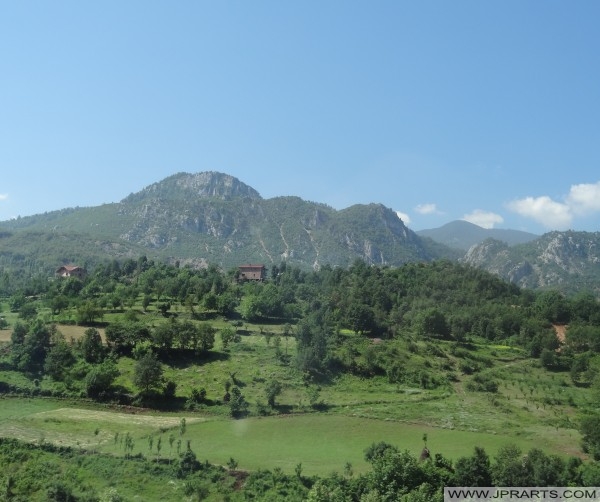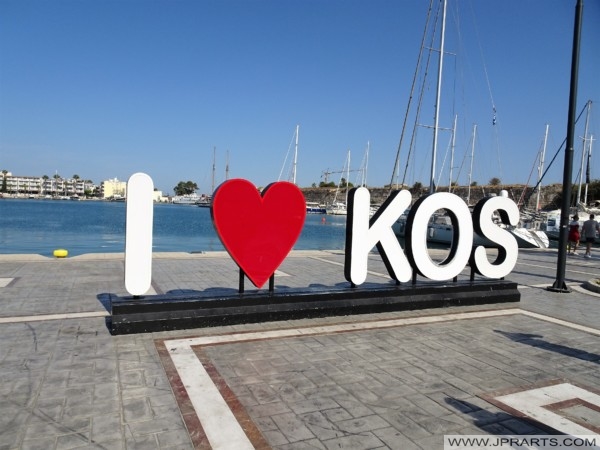The Aegean Sea is an elongated embayment of the Mediterranean Sea between Europe and Asia. It is located between the Balkans and Anatolia, and covers an area of some 215,000 square kilometres. In the north, the Aegean is connected to the Marmara Sea and the Black Sea by the straits of the Dardanelles and the Bosphorus. The Aegean Islands are located within the sea and some bound it on its southern periphery, including Crete and Rhodes. The sea reaches a maximum depth of 3,544 meters, to the east of Crete. The Thracian Sea and the Myrtoan Sea are subdivisions of the Aegean Sea.
Aegean Sea
Mar Egeo
Ägäisches Meer
بحر إيجة
Mer Égée
Ege Denizi
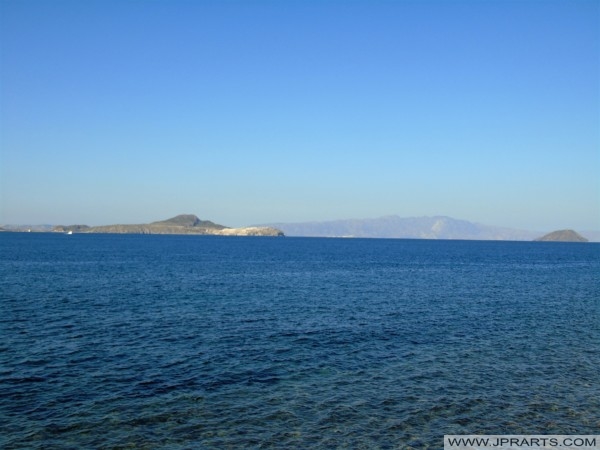
The Aegean Sea has been historically important, especially in regards to the civilization of Ancient Greece, who inhabited the area around the coast of the Aegean and the Aegean islands. The Aegean islands facilitated contact between the people of the area and between Europe and Asia. Along with the Greeks, Thracians lived among the northern coast. The Romans conquered the area under the Roman Empire, and later the Byzantine Empire held it against advances by the First Bulgarian Empire. The Fourth Crusade weakened Byzantine control of the area, and it was eventually conquered by the Ottoman Empire, with the exception of Crete, which was a Venetian colony until 1669. The Greek War of Independence allowed a Greek state on the coast of the Aegean from 1829 onwards. The Ottoman Empire held a presence over the sea for over 500 years, until it was replaced by modern Turkey.
Эге́йское мо́ре
Egeïsche Zee
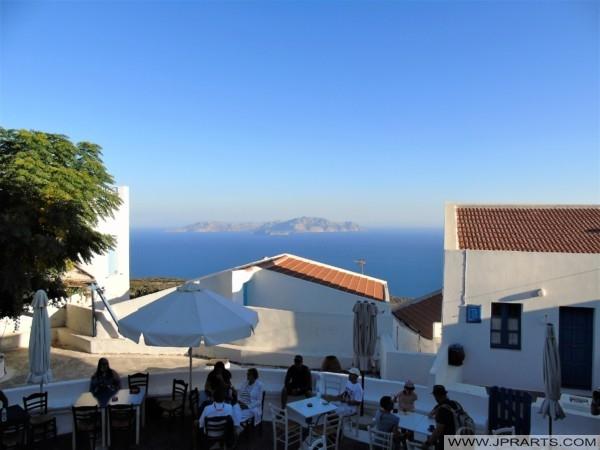
Egejsko More
The rocks making up the floor of the Aegean are mainly limestone, though often greatly altered by volcanic activity that has convulsed the region in relatively recent geologic times. Of particular interest are the richly coloured sediments in the region of the islands of Santorini and Milos, in the south Aegean. Notable cities on the Aegean coastline include Athens, Thessaloniki, Volos, Kavala and Heraklion in Greece, and İzmir and Bodrum in Turkey. The Aegean Sea groundwater itself has a high salinity content leading one to think that the soil would be infertile due to the volcanic region, but actually has an equilibrium with its soil content structure making it able to grow fertile crops on land that would seem infertile.
A number of issues concerning sovereignty within the Aegean Sea are disputed between Greece and Turkey. The Aegean dispute has had a large effect on Greek-Turkish relations since the 1970s. Issues include the delimitation of territorial waters, national airspace, exclusive economic zones and flight information regions.
הים הָאִגֶאִי
Visit Cheap Travel to Book Flights and Hotels Easy Online
Visit the Cheap Webshop for Blu-rays, Books and DVDs


